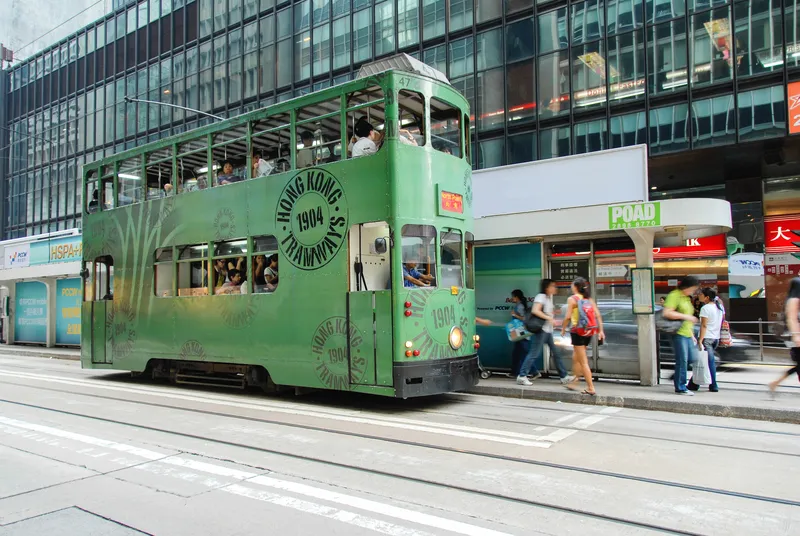UK public transport operator Arriva has made an investment in its fleet, purchasing 174 new Volvo B5LH double deck hybrid buses, adding to the existing batch of 44 Volvo hybrid buses the company purchased in 2013. From the order, 123 will be incorporated into the company’s London operations and a further 51 will be used in Merseyside on local routes.
The parallel hybrid Volvo B5LH, with Wrightbus bodywork, provides complete integration of the engine and the hybrid systems, all of which are designed and m
January 23, 2017
Read time: 1 min
UK public transport operator 476 Arriva has made an investment in its fleet, purchasing 174 new 609 Volvo B5LH double deck hybrid buses, adding to the existing batch of 44 Volvo hybrid buses the company purchased in 2013. From the order, 123 will be incorporated into the company’s London operations and a further 51 will be used in Merseyside on local routes.
The parallel hybrid Volvo B5LH, with Wrightbus bodywork, provides complete integration of the engine and the hybrid systems, all of which are designed and manufactured by Volvo Bus.
To purchase the buses, Arriva received a grant from the Government Office for Low Emission Vehicles, a Government initiative to support the early market for ultra-low emission vehicles.
The parallel hybrid Volvo B5LH, with Wrightbus bodywork, provides complete integration of the engine and the hybrid systems, all of which are designed and manufactured by Volvo Bus.
To purchase the buses, Arriva received a grant from the Government Office for Low Emission Vehicles, a Government initiative to support the early market for ultra-low emission vehicles.







